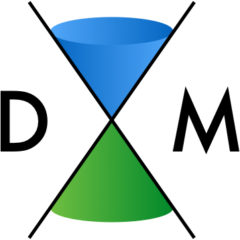
- This event has passed.
[Colloqium] David Cassidy – Recent experimental progress in positronium-laser physics
2019-11-07 @ 15:00 - 16:00
Speaker: David Cassidy from the University College London.
Title: Recent experimental progress in positronium-laser physics
Time and place: Thursday November 7 at 15.15 (coffee and tea from 15.00) in the Oskar Klein auditorium FR4.
Abstract:
The field of experimental positronium physics has advanced significantly in recent years, in many cases by employing new techniques for trapping and manipulating positrons using Surko-type buffer gas traps [1]. These devices capture and store positrons, allowing for the production of high quality DC beams, or high intensity pulsed beams. The latter approach can be used to create an instantaneous cloud of Ps atoms that can be probed with standard ns pulsed lasers. This allows for the optical production of excited Ps states, ranging from 2P levels, which decay back to the ground state in 3.2 ns, to metastable 2S states, that cannot decay radiatively, but will self-annihilate (in 1.1 microseconds), to long-lived Rydberg states, that do not annihilate at all and, for easily produced states, may have radiative lifetimes of hundreds of microseconds [2]. The ability to generate Ps atoms in excited states facilitates numerous experimental programs [3], including precision optical and microwave spectroscopy and the application of Stark deceleration methods to guide, decelerate and focus Rydberg Ps beams. In this talk I will discuss recent examples of such experiments and what may be possible in the near future.
References
[1] Plasma and trap-based techniques for science with positrons, J. R. Danielson, D. H. E. Dubin, R. G. Greaves, and C. M. Surko, Rev. Mod. Phys. 87, 247 (2015).
[2] Measurement of Rydberg positronium fluorescence lifetimes, A. Deller, A. M. Alonso, B. S. Cooper, S. D. Hogan, and D. B. Cassidy, Phys. Rev. A 93, 062513 (2016).
[3] Experimental progress in positronium laser physics, D. B. Cassidy, Eur. Phys. J. D 72, 53 (2018).
